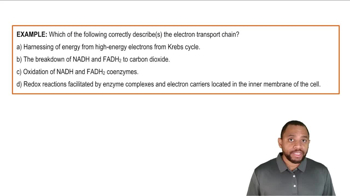Write condensed structures for the following molecular formulas. More than one isomer will be required for each.
a. Isomers of C8H18 that contain two methyl groups and a longest chain of 4 carbons
 Verified step by step guidance
Verified step by step guidance Verified video answer for a similar problem:
Verified video answer for a similar problem:

